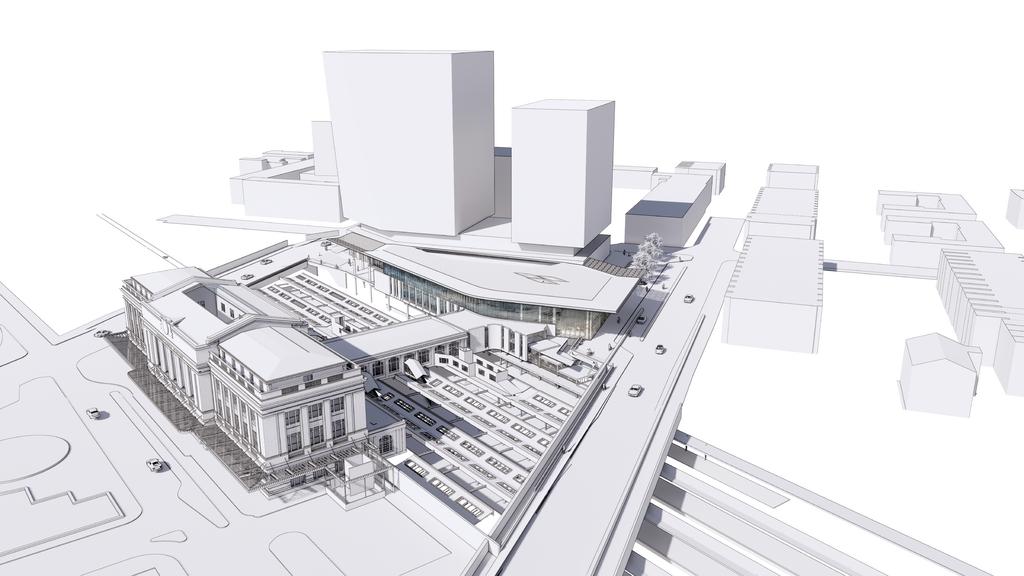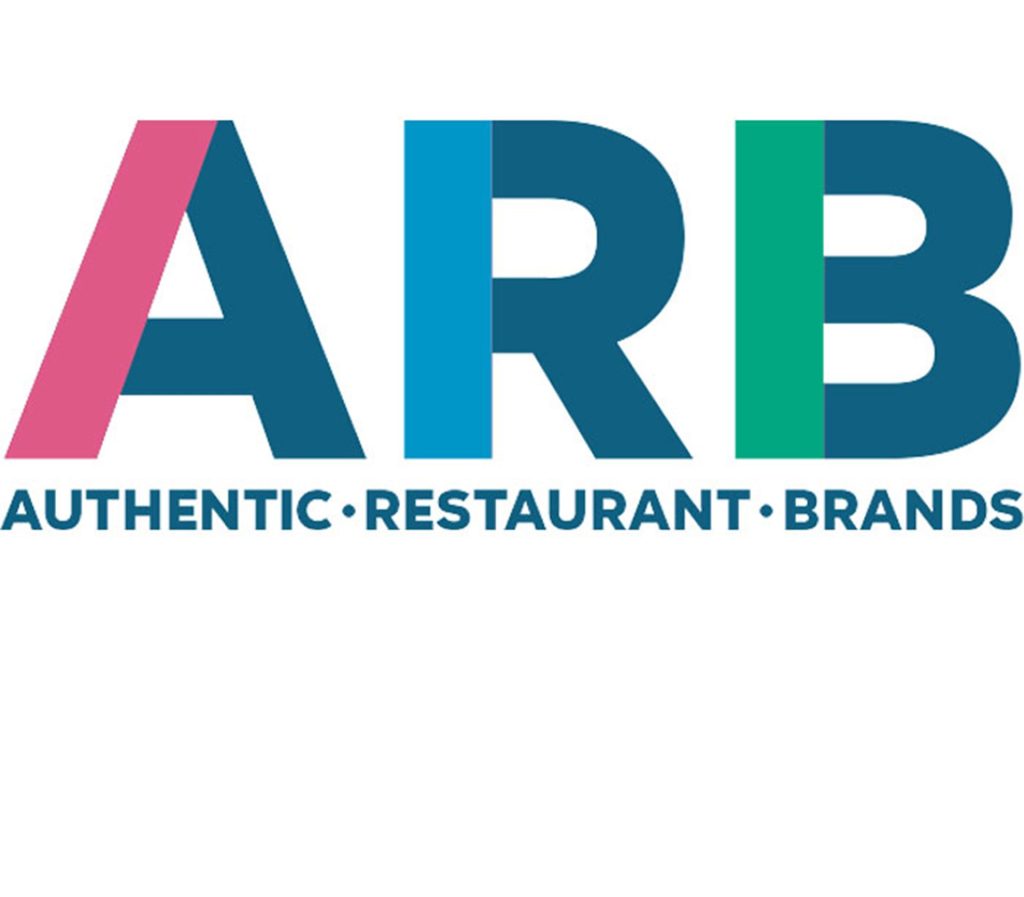
By Melody Simmons – Reporter, Baltimore Business Journal
Oct 15, 2020, 12:38pm EDT
(LINK)
A modern glass pavilion with a “swooping” steel roof will greet rail passengers north of Penn Station as part of an expansion of the historic terminal.
A city design panel was shown preliminary designs for the project Thursday during a virtual meeting, with the plans drawing both praise and critique.
They include a revamped footprint of Penn Station to include seven new points of entry from Charles, St. Paul and Lanvale streets; new transit stops for buses, cabs and ride sharing; newly designed walkways for pedestrian access; six new retail spaces and even a food truck parked out front.
The area would be newly landscaped green space and include two outdoor pavilions to welcome visitors and travelers.
Architects from Gensler unveiled the designs for the expansion, a glass-enclosed structure with an angular, pitched roof located off St. Paul and Lanvale streets just north of Penn Station. The area today is a flat-surface parking lot.
The ultra-modern terminal that will greet travelers and offer direct access to a high-speed rail line in the works by Amtrak for the Northeast corridor.
The expansion is part of an ongoing upgrade and redevelopment of historic Penn Station and will be funded with a $90 million commitment for the project by Amtrak. Work is expected to begin development in late 2021, said Chris Seiler, spokesman for Beatty Development Group, a partner in the development team of Penn Station Partners.
“It elevates the whole block and gives it status that no other developments of this scale have. It has a generous quality,” said Pavlina Ilieva, chair of UDAAP, of the overall design. “This public space is in between and you’ve reworked it. It’s worked beautifully.”
The expansion plans and designs will be the subject of a community meeting in the coming months with residents and business leaders in the surrounding Penn Station area that includes Mount Vernon-Belvedere and Station North.
The expanded terminal space is designed to handle what is expected to be increased passenger volume from the installation of a high-speed rail line. It will also allow access to all Amtrak and MARC trains from both sides of the existing Penn Station headhouse, Seiler said.
The new terminal will also have four retail spaces and an open waiting area for travelers as well as ticketing and baggage counters.
An office and residential tower is also in the works for development adjacent to the new terminal, said Peter Stubb, principal and lead architect for Gensler. That design was still incomplete, Stubb added.
The redevelopment of historic Penn Station has been planned for more than a decade. Amtrak selected Penn Station Partners as master developer for the project two years ago, and the group has crafted a master plan that includes an ambitious overhaul of Amtrak-owned open space surrounding the station into retail, residential and office projects.
The designs were mostly met with praise from the UDAAP members, who also advised the team to return with some revisions. The panel’s comments centered on transit and pedestrian access and a refinement of welding the new, modern terminal into the overall campus with the historic, Beaux Arts-style Penn Station building.
Panelist Osborne Anthony asked the team to consider pushing back the entry off St. Paul Street “to help negotiate the geometry” of the overall footprint of the modern design in the space.
Ilieva requested that preliminary designs for the office and residential tower to be developed on a portion of the parcel off Lanvale Street be presented. That would help determine how the expansion terminal fits into the entire plan, she said.
“Right now, I’m worried that this train station will be an extension of the commercial building,” she said. “The commercial building needs to be defined as to what its role is, and whether that north annex terminal is going to be the dominant part of the expansion, or a hyphen. Right now, it’s not clear.” Penn Station is the eighth busiest station in the Amtrak system.


